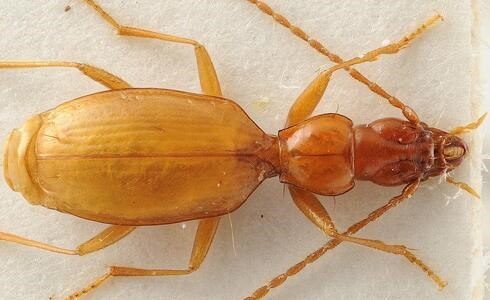ICIMOD recently launches air quality dashboard to track and forecast pollution across Indo-Gangetic plain.

Hindu Kush Himalaya mountain range
|
Amu Darya |
Salween (Nu) |
|
Indus |
Mekong (Lancang) |
|
Ganges |
Yangtse (Jinsha) |
|
Brahmaputra (Yarlungtsanpo) |
Yellow River (Huanghe) |
|
Irrawaddy |
Tarim (Dayan) |
References
A research team called eDyNAmiC recently revealed a study showing how ecDNA is formed and contributes to cancer and drug resistance progression.
Reference
The Hindu | ecDNA challenges law of genetics
Many researchers suggested the species Anophthalmus hitleri be renamed, the International Code of Zoological Nomenclature's principle of priority holds that the first name validly published for a species is its correct name.

The issue behind naming of the species
|
Species |
Named after |
|
Scaptia beyonceae |
A horsefly named for singer Beyoncé Knowles |
|
Singafrotypa mandela |
A spider, named for global statesman Nelson Mandela |
|
Neopalpa donaldtrumpi |
A moth, named for incoming US president Donald Trump |
|
Anophthalmus hitleri |
A beetle species was named as a tribute to Adolf Hitler |
|
Hottentotta jayakari jayakari |
A species of scorpion was named to denigrate the Khoekhoe people of south-western Africa, mocking their language by Europeans. |
References
Hundreds of tonnes of toxic waste have yet to be removed from the premises of Union Carbide even after 40 years of the Bhopal disaster.
|
Heavy Metals |
Organic Compounds |
|
Mercury |
Hexachlorobutadiene |
|
Chromium |
Chloroform |
|
Copper |
Carbon tetrachloride |
|
Nickel |
Trichlorobenzene |
|
Lead |
Persistent Organic Pollutants (POPs) |
Toxics of Heavy Metals
Harmful organic compounds
Reference
The Hindu| Toxins of the Bhopal disaster
According to the Tamil Nadu State AIDS Control Society (TANSACS), the State had declined in the HIV prevalence from 1.18% in 1997 to 0.16% during 2023-2024.
References